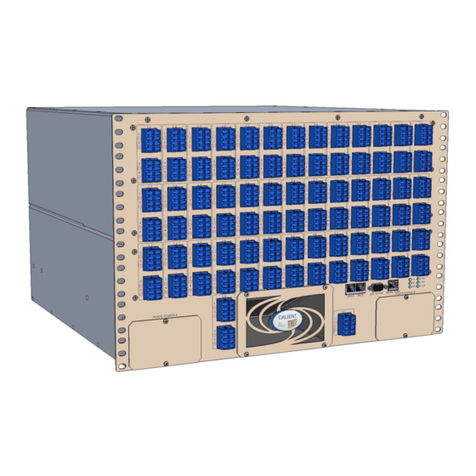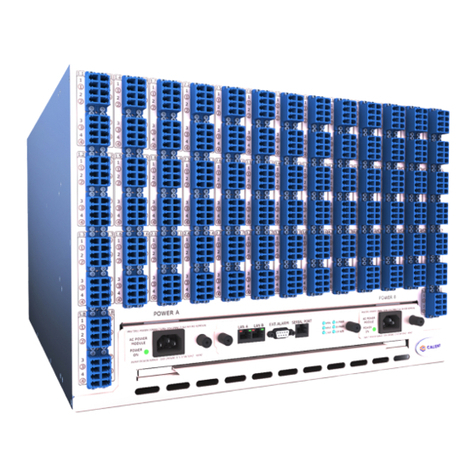
S320 OCS Getting Started Guide
3 of 42
Table of Contents
1GETTING STARTED................................................................................................................... 5
2UNPACKING THE S320 OCS ..................................................................................................... 6
2.1 Tools and Equipment Used for Unpacking ......................................................................... 6
2.2 Unpacking the S320 OCS..................................................................................................... 6
2.3 Contents Inventory ............................................................................................................. 7
2.3.1 Unlocking the S320 OCS.................................................................................................. 8
3HARDWARE INSTALLATION..................................................................................................... 9
3.1 Overview ............................................................................................................................. 9
3.1.1 General Requirements.................................................................................................... 9
3.1.2 Required Tools .............................................................................................................. 10
3.1.3 Installing the S320 OCS in a Rack .................................................................................. 10
3.2 Connecting Communication Interfaces ............................................................................ 11
3.2.1 Connecting the Serial Cable .......................................................................................... 11
3.2.2 Connecting Ethernet ..................................................................................................... 13
3.3 Power Connections ........................................................................................................... 14
3.3.1 Connecting an External Power Supply.......................................................................... 14
3.3.2 Booting Up .................................................................................................................... 16
3.4 Resetting System Network Defaults ................................................................................. 16
3.4.1 Accessing the Network Configuration Script ................................................................ 18
3.4.1.1 Sample Configuration Script ................................................................................. 19
3.4.2 Configuring Bonding Manually ..................................................................................... 25
3.4.3 Configuring Non-Bonding Manually ............................................................................. 28
3.4.4 Stopping and Starting Services ..................................................................................... 32
3.4.4.1 Accessing the Stop-Start Service Script ................................................................ 32
3.4.5 Logging In ...................................................................................................................... 34
3.4.5.1 Security Settings.................................................................................................... 34
3.4.5.2 Retrieving the Default IP Address......................................................................... 36
3.5 Fiber Connections ............................................................................................................. 37
4MANAGING THE S320 OCS USING TL1.................................................................................. 39































